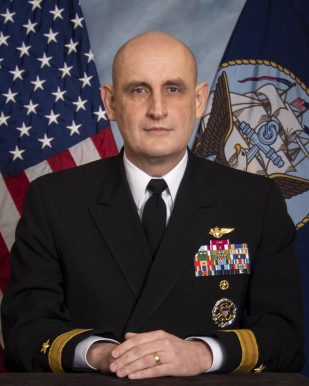Construction has started on the first four buildings in an approximately $135 million, 10-building business community in Dulles, project owner-developer St. John Properties Inc. of Baltimore announced Wednesday.
The project, Arcola Center, will be a 34-acre business park at the intersection of Loudoun County Parkway and Dulles West Boulevard with eight flex/research and development buildings — totaling 288,840 square feet — and two single-story office buildings, as well as parking. The office buildings will total 48,080 square feet, according to a St. John Properties brochure for the center.
“We have been active in Loudoun County for more than two decades and have delivered more than 20 buildings which serve the commercial real estate needs of more than 150 companies,” Matt Holbrook, St. John Properties’ regional partner for Virginia and central Maryland, said in a statement. “This area does not have enough of the flex/R&D product, which we are developing now, to support the local companies that need this type of building to operate and grow.”
The first phase, which is expected to be complete in the first quarter of 2024, will consist of 100,000 square feet of flex/R&D space across four buildings, ranging from 22,240 square feet to 45,120 square feet. The buildings will have flexible suite sizes, and the single-story buildings have been designed to earn LEED certification from the U.S. Green Building Council.
The whole center does not have a pinned completion date, since St. John Properties will continue to speculatively develop new space as it leases the first four buildings.
The Loudoun County Board of Supervisors approved a zoning change for the property in January.
“Loudoun County has more than 3 million square feet of flex and warehouse space, with a vacancy rate of under 1%,” Ashburn District Supervisor Michael Turner said in a statement. “This flex/R&D product is among the main pillars of economic activity in Loudoun County, and it is gratifying to see Arcola Center moving forward.”
Founded in 1971, St. John Properties Inc. is a privately held real estate company that has developed more than 23 million square feet of flex/R&D, office, retail and warehouse space and has investments in more than 3,000 residential units. The company has more than 2,500 clients across Virginia, Colorado, Florida, Louisiana, Maryland, Nevada, North Carolina, Pennsylvania, Texas, Utah and Wisconsin.



